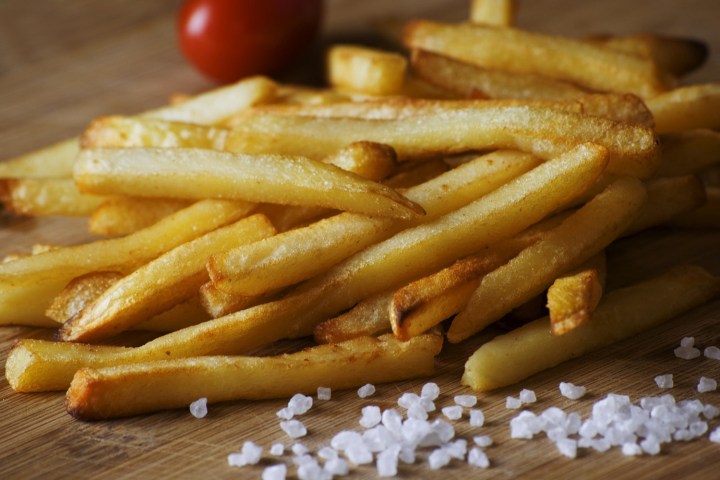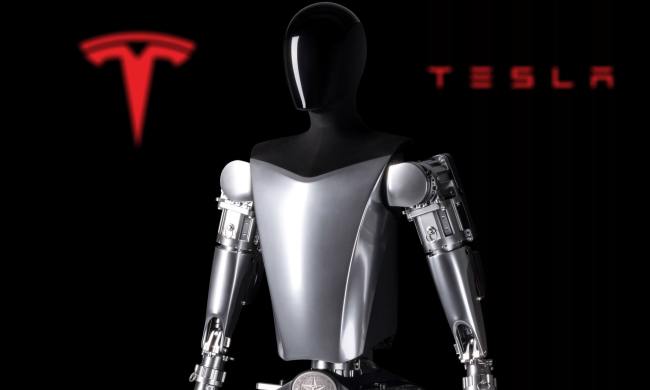
The United Kingdom’s Food Standards Agency cautioned against consuming certain fried foods earlier this year due to higher levels of carcinogenic chemicals like acrylamide. The problem is, acrylamide only forms at high temperatures so it’s difficult to detect, plus not all potatoes contain the chemical precursors that will cause acrylamide to be created during the frying process.
There’s no current technology to detect acrylamide precursors quickly and without destroying the spud — but hungry engineers have been on the case. A new technique developed by Lien Smeesters from the University of Brussels might help weed out potentially toxic potatoes before they even go to market.
“Food safety and quality has become increasingly important in our society,” Smeesters told Digital Trends. “We decided to focus on the acrylamide monitoring in potatoes since currently no fast, accurate, and non-destructive technology is available for the sensing of acrylamide.”
Previously, quality potato control meant a person examining a single spud among many to determine levels of acrylamide. If that one potato was deemed safe, the rest of the batch would pass. Smeesters’ new method instead uses a laser beam to scan each spud and a stream of air to knock out the undesirable ones.
Laser scanners are already used to sort through all kinds of foods to test for things like color and shape before they’re packaged and shipped to consumers. In Smeesters’ design, the laser uses infrared light to detect acrylamide, which scatters the light in a unique pattern, instructing the machine to knock the toxic potato out of circulation.
Smeesters has partnered with Tomra Sorting Solutions, a company that makes these industrial food sorting machines, to integrate the technique into one of its devices, potentially scanning tons of cut potatoes per hour.
Fewer carcinogenic french fries is enough cause for celebration but Smeesters thinks the technology may even find applications beyond industrial food sorting.
“Considering our main technology, optical spectroscopy, the applications are endless,” she said, “going from the monitoring of gasses, the sensing of bacteria, to the characterization of the composition of materials and glasses.”



